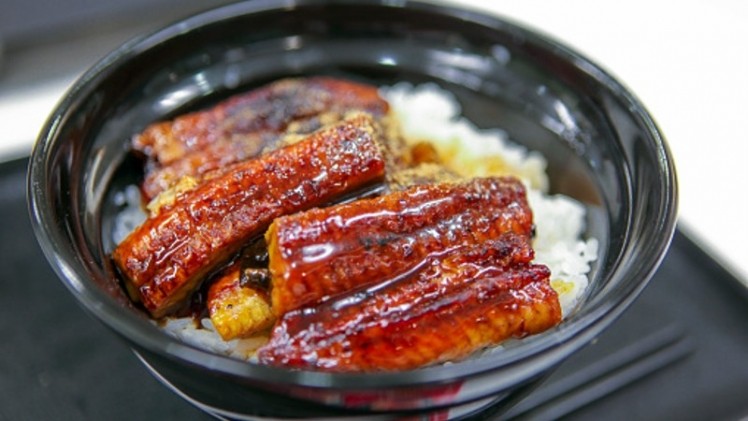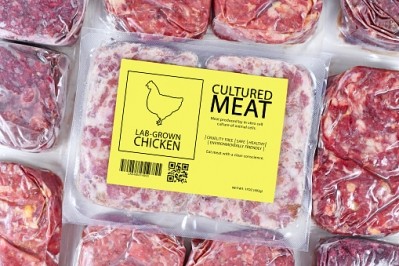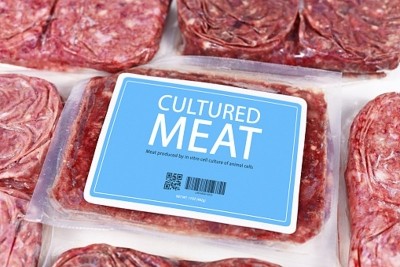Red list rescue: Singapore’s Umami Meats focuses on endangered species for cultivated fish success

The firm recently acquired US$2.4mn in funding from a raft of international investors including new VC fund Better Bite Ventures, and plans to use these funds to further develop its proprietary technology to lower product costs and produce its first demo products.
“Our priority is on fish species that are hard to domesticate due to either being too difficult to farm or the economics not making sense, yet are very popular in Asian cuisines thus end up being classified threatened or endangered in the IUCN Red List,” Umami Meats Co-Founder and CEO Mihir Pershad told FoodNavigator-Asia.
“The first three we are looking at are Japanese eel, yellowfin tuna and red snapper – all popular in various types of Asian cuisines from Japan to China and we see very high consumer demand for.”
The International Union for Conservation of Nature (IUCN) Red List is basically an inventory of the global conservation status of various species globally, widely considered to be the most comprehensive and accepted authority in determining species’ extinction risk.
Of the three species that Umami Meats is focusing on, Japanese eel is listed as Endangered and Red Snapper is Vulnerable. Yellowfin tuna was listed as Near Threatened for many years, and recently moved to Least Concerned status indicating a decrease in extinction risk, but the IUCN continues to identify these as being overfished in places such as the Indian Ocean.
For Pershad, the focus is to help consumers transition away from unreliable seafood supply chains and improve food security by offering an option that does not require them to make too much of a change.
“Despite the sustainability benefits, it is going to be very challenging for people to change their food habits so what food manufacturers are needing to do is to produce an alternative that can replace the real thing effectively,” he said.
“For us, cultivated seafood means essentially replacing the real thing with the same thing – just more sustainable, because it is basically as close to identical as it can possibly be, and that will make it better and easier for consumers to make the switch.”
Umami Foods is targeting a 2024 product launch with what it calls blended products – essentially a hybrid of plant-based and cultivated fish meat.
“Asia is of course a price sensitive market and cultivated seafood is going to be expensive in and of itself, not to mention the rising costs of materials these days, so we’re looking at going with blended products first to bring prices as close to parity as possible in the initial launch,” said Pershad.
“We aim to first launch as a B2B business model, so this means the first product launches in hopefully 2024 will be with commercial partners – this will be our plan to scale first, then later on we’ll also look at other parts of the supply chain and maybe our own brands, but scale is the most important initially.
“B2B with larger corporate corporations will also enable us to work with many different species so we can widen our portfolio, and they can actually leverage our technology to make products for Vietnam and Korea and Japan and Malaysia, where it would take us years and years to be able to reach them any countries so this would help us go a further distance much faster.”
The firm also has a unique proprietary non-GMO cell line source that enables the production of rapidly growing stem cells that also can turn into muscle and fat, enabling the same cells to be grown in one tank and then differentiated into muscle and fat.
“This is a more efficient production system and is also what will help to reduce cost - One set of tanks is much cheaper than two sets of tanks, and the cost savings will also bring us closer to price parity more quickly,” said Pershad.
Cultured seafood in Singapore
Singapore is of course the first country in the world to have approved cell-cultured chicken for consumption, and Pershad is optimistic about Umami Meats’ chances in the future too – and to do this, the firm is in constant communication with the local food authority Singapore Food Agency (SFA) with regard to its product safety and development.
“We have not yet gotten to the application stage as we need the end-product and prototypes for that, but we have been in conversation with SFA regarding our cell lines and developments regarding food safety requirements to make sure we maximise our chances,” said Pershad.
SFA has previously highlighted that food safety is the key criteria in its considerations for alternative protein product regulatory approvals, and has also urged relevant firms to ‘apply ASAP’ in their development process.
Remaining challenges
As for the remaining hurdles towards commercialisation, Pershad highlighted the removal of bovine serum from growth media and moving away from high-priced pharmaceutical ingredients as general challenges faced by the who cultured meat sector.
“For seafood in particular, we see challenges such as a lot of current media and antibodies for characterisation are developed for mammals and don’t usually work for fish, in addition to cell line sourcing challenges due to these not being farmed species,” he said.
“In addition, current genome data for these species are far less available which makes it harder for us to determine how to say turn a cell into muscle or fat more quickly for seafood.”
Despite all of these though, Umami Meats aims to establish its pilot facility in 2024, and to have its products within 10% of the market price upon launch.
“I think, with a blended product that's absolutely achievable based on these timelines, but for 100%, cell-based products, we're looking a couple of years out beyond that, probably 2027 or so I think, for cheap price parity with 100% cell-based,” said Pershad.
“And the biggest variable there just scale - there's certain things that you need a big enough facility to actually achieve that kind of price point, but we’re optimistic.”



















